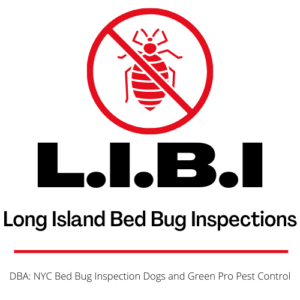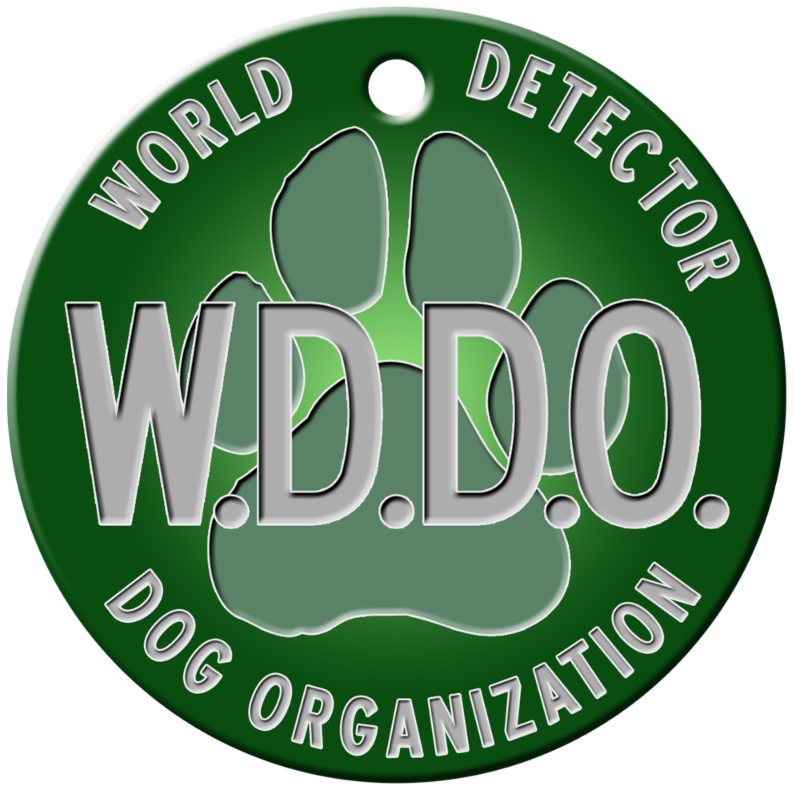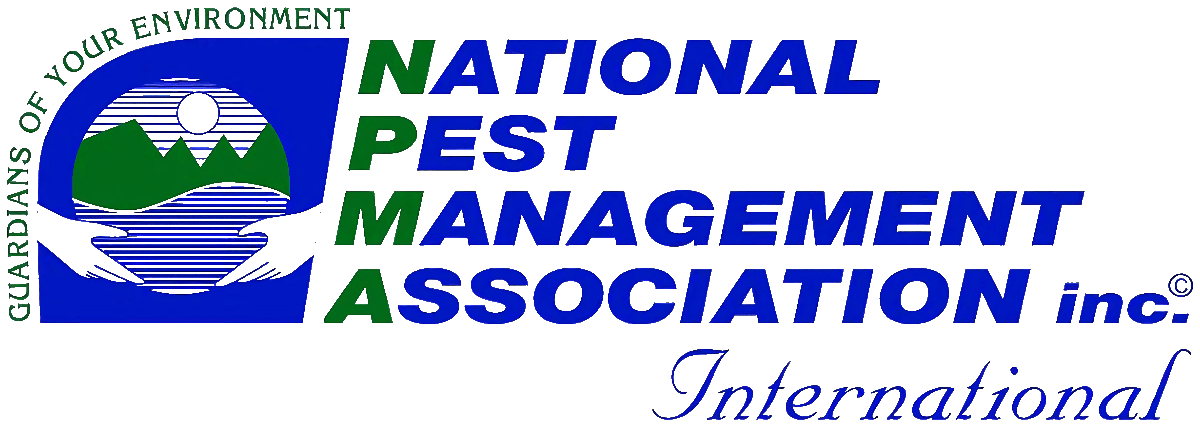Bed bugs are persistent pests. They infest our homes, our offices, and our public buildings. They bring nothing more than stress and discomfort to their unhappy hosts.
Traditional bed bug control methods typically rely on the use of chemical pesticides. But using chemicals to control bed bug populations has some notable drawbacks. Pesticides can present health risks to people and their pets, they can have an adverse impact on our environment, and they can lead to the development of pesticide resistance in the bed bugs we are trying to eliminate.
Fortunately, alternative methods of bed bug control are available. Cryonite treatments use extreme cold to eradicate bed bugs and their eggs. This offers a chemical-free alternative to traditional bed bug management options. But what is Cryonite and how does it work?
How Does Cryonite Work?
Cryonite treatment uses liquid CO2 to generate carbon dioxide snow. Carbon dioxide snow can reach temperatures as low as -11o degrees Fahrenheit. This is sufficient to cause the cells of bed bugs to freeze and rupture, effectively killing the pest.
Carbon Dioxide snow is sprayed from a special nozzle which creates a flow of super cold particles that penetrate into hard to reach cracks and crevices where bed bugs like to hide. The rapid freezing process will kill bed bugs at all life stages, from egg to nymph to adult.
What are the Advantages of Cryonite Treatment?
Cryonite treatments have several advantages, especially when compared with more traditional chemical based control methods:
-
Chemical-Free – Cryonite treatments do not involve the use of any pesticides or other harmful chemicals. It is safe for use in homes, schools, and hospitals. This makes it an ideal option for people with allergies or chemical sensitivities.
-
Quick Results – Freezing kills bed bugs and their eggs on contact. There is no need to wait for chemicals to take effect. This means that treated areas can be ready for use again immediately following the Cryonite treatment.
-
Effective at All Stages of Development – Some chemical-based control methods fail to kill bed bugs at all stages of their development. Freezing with CO2 not only kills adult bed bugs it also destroys bed bug eggs.
-
No Residual Effects – Because Cryonite treatments don’t use any toxic chemicals to eliminate pests there are no residual effects or concerns about chemicals on surfaces. Treated areas and objects are safe to return to immediately following treatment.
Cryonite’s Limitations
Cryonite is a highly effective method for controlling bed bug populations in both private and commercial buildings. However, there are some limitations that are worth considering.
-
Limited Residual Effect – Unlike pesticides Cryonite does not provide residual protection. While it kills any bed bugs that are present during the treatment it does not prevent future infestations.
-
Not a Standalone Solution – Cryonite is typically used in conjunction with other integrated pest management strategies. These include regular inspections, routine monitoring and the use of bed bug interceptors to track possible future infestations.
The Cryonite Process
A thorough inspection of the property should be conducted prior to any treatment. It is necessary to evaluate the extent of the infestation and to locate potential trouble spots. Technicians will examine beds, furniture, baseboards, and other areas of your home where bed bugs are likely to be hiding.
Once the inspection is completed and a treatment plan is in place it’s time to get your home ready. Cryonite treatments require less preparation than traditional chemical methods, but there are still some steps you’ll need to follow:
-
Remove clutter to allow unrestricted access to all areas that need treating.
-
Remove pest and people from the treatment area.
-
Sensitive items (electronics etc) should be removed from the immediate area. Check with your technician regarding what should be removed.
After the application of Cryonite the treated areas will be inspection again to ensure that the bed bugs have been effectively eliminated. Technicians may use bed bug monitors and interceptors to check for any remaining bed bugs.
Follow-Up and Prevention
One of the most important parts of any bed bug treatment, regardless of the method used, is the follow-up. To prevent future infestations you should consider the following tips:
-
Schedule regular inspections and continue to monitor for signs of bed bug activity.
-
Use mattress and box spring encasements to protect against future bed bug infestations.
-
Reduce clutter and vacuum regularly.
Cryonite bed bug treatments offer an effective alternative to traditional pesticide based methods of bed bug control. By utilizing extreme cold to kill bed bugs and their eggs we can provide a treatment that is non-toxic and environmentally friendly. Combining Cryonite with other pest management strategies can enhance their efficacy and provide long-term relief from bed bug infestations.
Published by Scott Palatnik
We are Bedbug Inspection & Elimination specialists.
From Manhattan to Montauk and all points in between.
Got questions?
We got answers.
Give us a call @ 212-299-9186 or 516-619-6149


